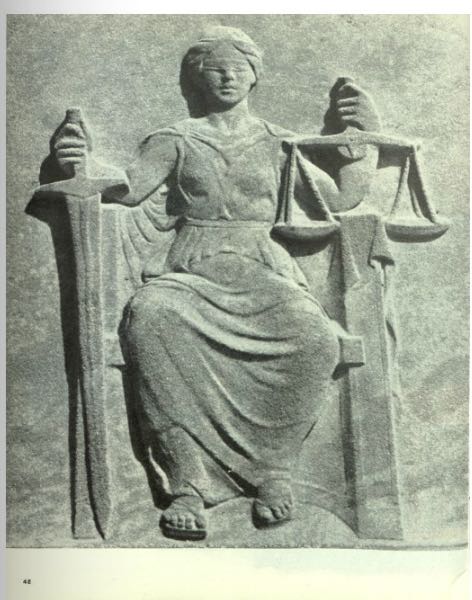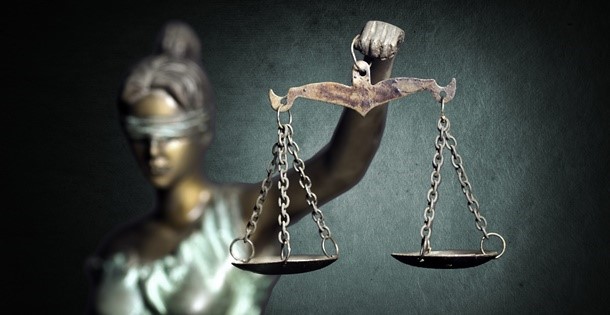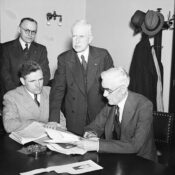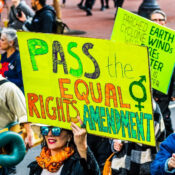As we all know by now, there’s a big difference between the federal government as it’s supposed to be and federal government that is. Nothing illustrates this better than the selection of Supreme Court justices.
In principle, judges are above politics, chosen for their ability to objectively apply the Constitution to legal questions.In real life, though, judges are often selected (or rejected) for their history of partisan decisions. Once approved, these judges are expected to bring their conservative or liberal biases with them into the court. For some, political slant shapes their decision so dependably that observers can predict how they’ll vote on an issue.
However, like most things in Washington, this arrangement doesn’t always work out as planned. Supreme Court justices can be unreliable servants of political parties.
Take Earl Warren for example. When nominated by President Eisenhower on September 30, 1953, the three-term governor of California and former vice-presidential candidate was a faithful Republican. In naming Warren, Eisenhower said, “He represents the kind of political, economic, and social thinking that I believe we need on the Supreme Court.”Years later, after Warren had overturned legal traditions covering race, religion, sex, reproductive rights, and criminal procedure, Eisenhower privately admitted that his choice of Warren was “the biggest damned-fool mistake I ever made.”
Within a year of coming to the Court, Warren brought the justices into a unanimous agreement on the ground-breaking Brown v. Board of Education case. The decision overturned the legal fiction of “separate but equal” citizens. Among other results, the decision opened the doors of well-funded “white only” schools to black children.
In following years, the Warren court outlawed mandatory school prayer, struck down the ban on interracial marriage, overturned state laws preventing the sale of birth control, compelled states to provide legal counsel to defendants who couldn’t afford a lawyer, and required police officers to inform suspects of their rights at the time of arrest.
Eisenhower’s misreading of Earl Warren was understandable. Everything about the man suggested he’d be a safe, predictable justice who’d support traditional interpretations of the Constitution. But as Stewart Alsop pointed out in his 1967 article, the Court has a curious effect on a judge’s outlook. Liberal judges can grow more conservative on the court, and conservatives can become more liberal.
And sometimes, a judge completely steps out of character and shakes up everything.

Featured image: Shutterstock
Become a Saturday Evening Post member and enjoy unlimited access. Subscribe now




Comments
Perhaps when a justice moves to a more centrist position than expected after assuming a seat on the highest court of the land, we should call it being responsible rather than going rogue.